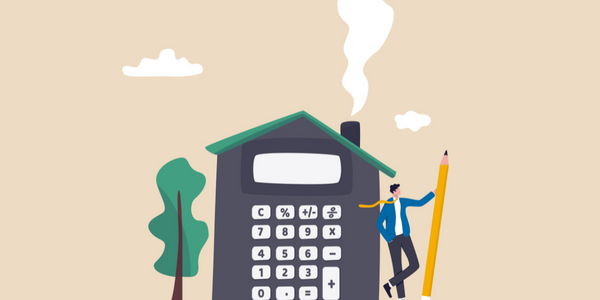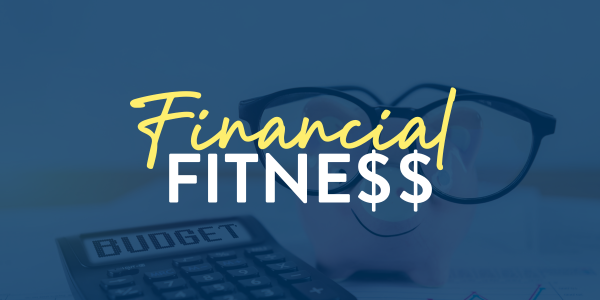
It’s no fun to have a lot of debt hanging over your head. It’s even less fun when that balance is large enough to keep you from doing the things you want to do and achieving the dreams you’ve always had.

Would you like to attend your best friend’s destination wedding in Bali? Are you interested in purchasing your first home? Would you like to help your children pay their college tuition? Those items are hard to achieve when you have massive monthly credit card payments.
On top of that, getting out from under a debt avalanche can feel like an impossible challenge, especially if you’re dealing with compounding interest. (And if you carry credit card debt, you most certainly are.)
Thankfully, there are many ways to pay off your debt. When you do that, you not only get the debt monkey off your back, but you open up a world of possibilities for yourself in terms of what you can do with your extra money and improved credit score.
Here are eight effective ways to help you manage and pay off debt.
Debt Idea #1: Tighten Your Budget Belt.
Take stock of your financial situation and create a detailed budget. List all your sources of income—your regular paycheck, money from side hustles, commissions, bonuses, and so on. Also list your monthly expenses and note which ones are optional.
Then find the areas where you can cut back on spending and dedicate that extra money to paying off the principal balance on your debt.
Debt Idea #2: Embrace the Debt Avalanche Method.
Before your debt buries you alive, you can use the debt avalanche method to wipe those bills out one by one. This method focuses on eliminating your most expensive debt first.
Here’s how to do it: Make a list of all your debts from the highest interest rate to the lowest. Continue to make the minimum payments on all your debts. But begin putting every extra dollar you can into paying off the debt that has the highest interest rate.
Once you pay off your debt with the highest interest rate, then turn your focus to the second-highest interest rate card. Begin applying the extra payment you were making onto that card, while continuing to make minimum payments on everything.
Keep going until you are debt-free. This approach saves you plenty of money in interest over time.
Debt Idea #3: Use the Debt Snowball Method.
Some people prefer to adopt the debt snowball method. In this strategy, you pay off your debt with the smallest balance first, and then move onto the next-smallest principal balance.
This method differs in that it doesn’t take the debt’s interest rate into account. However, it does provide a quicker psychological boost as you cross those debts off the list one by one. The high you get from eliminating some of your bills can provide great motivation to keep going. Soon you will be tackling larger and larger debts until you’ve paid them all off.
You won’t save as much in interest with the snowball method. But if you’re someone who prefers to start with the “easiest” task, this could definitely be a good strategy to pay off debt in a timely manner.
Debt Idea #4: Refinance High-Interest Debt.
Sometimes you can make interest rates work for you if you refinance high-interest loans into one loan with a lower rate. Say you have multiple credit cards with high interest rates. You could apply for a personal loan with a lower interest rate and use that money to pay off all the high-interest cards.
You can also apply for a debt consolidation loan that allows you to consolidate multiple debts and pay off your balances under one loan.
If you choose this option, you should be aware of the origination fees involved in taking out a personal loan. Also, take the time to shop around to be sure that you are getting the best possible loan terms.
Debt Idea #5: Become a Balance Transfer Expert.
If you have good credit and not too many credit accounts open, you may want to transfer your credit to a new credit card that offers a low or 0% introductory rate. Just be aware of the terms, including the duration, of this promotional rate.
Then be sure to get a plan in place that will pay off your debt before the standard interest rate on the new card kicks in.
Debt Idea #6: Bust Out Your Negotiating Skills.
Many borrowers think there’s nothing they can do about their debt other than pay it off or watch the interest payments grow. Fortunately, that’s not true. You can reach out to your creditors and try to negotiate a lower interest rate or a repayment plan that would work better for you.
Tell these creditors the truth about how you got into debt and what your plan is to get out of it. Many creditors are open to negotiating their terms, especially if you can show them that you are really sincere about wanting to pay off your debt.
Debt Idea #7: Tap Your Home Equity via a Cash-Out Refinance.
If you’re already a homeowner, you may have substantial home equity. If so, a cash-out refinance can be one of the ways to pay off a lot of debt.
This works by replacing your current mortgage with a new, larger loan that is higher than what you owe on your mortgage. You receive the difference in cash, which you can then use to pay off debt.
By consolidating these high-interest debts into your mortgage payments, you can take advantage of the lower fixed rate a mortgage tends to offer (versus the astronomical rates on credit cards).
This might seem like a bad idea if you have a super-low mortgage rate now, but it’s important to look at the “blended” or average rate of all your debt to see if this is the right option for you. Many homeowners have been able to pay off thousands in debt while keeping their overall payment on their new loan lower than the combination of their current mortgage and all their minimum payments. On top of this, the mortgage loan provides a firm plan and timeline for payoff.
This option can save a lot of money in interest over the long run and might even be tax deductible. It can also streamline your payment processes. That’s because one monthly payment is easier to manage than multiple payments with multiple due dates. If you were having trouble juggling all your payments, this tip could also potentially raise your credit score.
Debt Idea #8: Leverage Home Equity with a Home Equity Line of Credit
Home equity can do so many things for you. Some people dip into their home equity to carry out home improvements or pay off a student loan while others use it to rid themselves of credit card balances through a home equity line of credit (HELOC).
A HELOC is essentially a revolving credit line that’s secured by your home. You can draw funds as needed, using your home equity to pay off your debt. The interest rate on a HELOC is generally lower than credit card rates, making it one of the smartest ways to pay off debt.
With a HELOC, you have to act responsibly, however. Make sure that you don’t accumulate more debt by tapping into this line of credit unnecessarily.
Looking for More Ways to Pay Off Debt?
Whatever method you choose to pay off debt, it’s important to commit to using your credit responsibly in the future. Create a budget within your means and stick to it to help you avoid getting into financial trouble again.
Debt is one of the worst four-letter words out there. Don’t let this financial burden rule your life and limit your opportunities. There are ways to clear the slate, free up that cash, and start anew.
If you’re looking for even more debt payment options, our trusted Loan Advisors are happy to listen to your financial situation and provide you with strategies that will fit your needs. Click here to connect with an APM Loan Advisor in your area.







